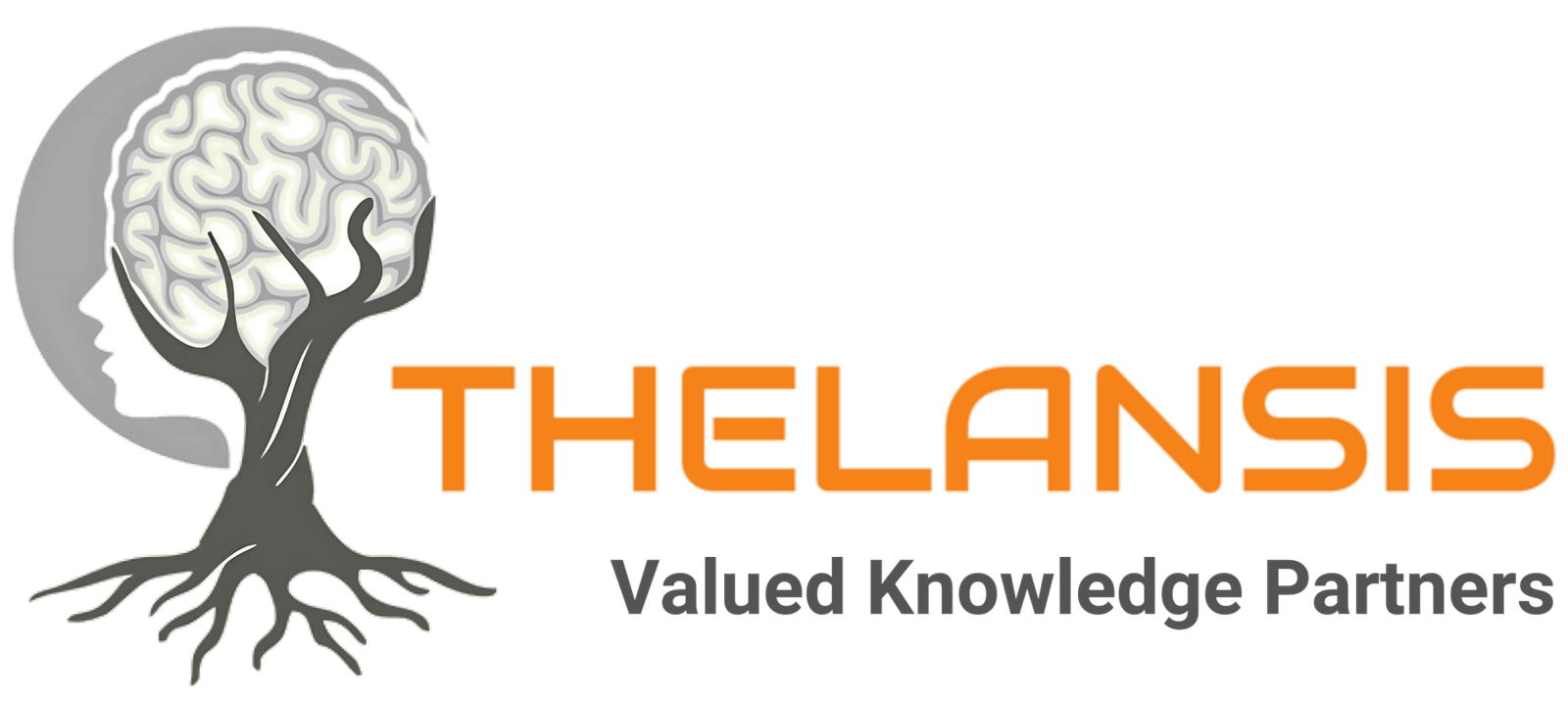
Oct 28 2025
/
From Evidence to Impact: How Thelansis Accelerated a Rare Disease Submission
Introduction:
In recent years, the healthcare landscape has evolved toward an evidence-based, patient-centric architecture. Although conventional clinical trials remain the gold standard, they do not always capture the full gamut of patient experience, follow-up behavior, and the long-term impact of standard-of-care practices observed in real-world settings. To bridge this gap, our team leveraged Real-World Evidence (RWE) analytics and transformed patient data into regulatory-grade insights to support faster approvals and lifecycle management of therapies.
Client Overview:
A mid-sized biopharmaceutical company developing an orphan drug for a rare metabolic disorder approached Thelansis to strengthen its regulatory submission with RWE.
While the client’s Phase III trial demonstrated efficacy in controlled settings, regulators requested additional post-market and real-world validation to understand long-term safety and treatment effectiveness across a broader population.
The client faced several hurdles:
- A limited number of subjects fit into the trial inclusion criteria
- Fragmented data across hospitals and patient registries
- Need for regulatory-grade RWE aligned with FDA and EMA standards
- Tight timelines to prepare a supplementary dossier for the ongoing submission
Thelansis was tasked with gathering, analyzing, and interpreting real-world patient data to develop a systematic evidence framework that supports the client’s global regulatory and market access goals.
Objective:
- Generate post-approval safety and efficacy insights for a novel rare disease therapy.
- Support the sponsor’s submissions to regulatory bodies by providing RWE evidence that complements clinical data.
- Enable ongoing monitoring of treatment outcomes across diverse patient populations.
Approach:
Data Standardization: We aggregated patient data from multiple real-world sources, such as;
- EHRs from tertiary hospitals and specialty clinics,
- Claims and billing data to capture treatment journeys,
- Patient registries to understand disease progression and comorbidities, and
- Patients recorded outcomes for quality of life and functional improvements.
All data underwent rigorous de-identification, quality checks, and standardization in accordance with HIPAA and GDPR guidelines.
Cohort Identification: Using advanced analytics, we defined inclusion & exclusion criteria aligned with the therapy’s target indication and matched real-world patients to trial-like cohorts. Also, propensity score matching was used to balance patient demographic and clinical characteristics in both groups, enabling robust comparative analysis of outcomes.
Outcome analytics: Statistical and machine learning models were applied to measure:
- Real-world treatment effectiveness
- Safety signal detection
- Healthcare resource utilization
- Patient adherence and persistence
The findings were structured into regulatory-compliant evidence packages in accordance with the FDA RWE Framework and EMA guidance for real-world data submissions.
Result:
- 2500+ eligible patients across the EU region aligned to the study inclusion criteria
- Real-world safety and efficacy endpoints consistent with trial data
- Significant improvement demonstrated in long-term treatment adherence versus standard care
- Approximately 25% reduction in the regulatory review cycle
The RWE-driven insights not only supported regulatory submission but also supported product label expansion, provided payer-relevant insight for broader patient inclusion that aided reimbursement negotiations, established a post-approval surveillance framework for continuous data tracking and signal detection.

